Is the Multistory Industrial Niche Taking Off?
Experts discuss what's driving demand for this atypical asset type.
Multistory industrial facilities are few and far between. But the particularities of this unique asset type reveal some interesting aspects about current trends in the industrial sector. So what makes these facilities stand out and why they are such a rare sight?
Although comprising less than 1 percent of all U.S. industrial real estate—according to CBRE research—targeted investments in this product type pay off in infill markets where land is scarce. New York, Seattle and Chicago were the main hotspots in terms of existing, under construction and planned facilities at the beginning of the year. San Francisco will soon likely join the list as two properties, each over 1 million square feet, are planned to take shape in the metro.
Who is multistory industrial for?
In densely populated areas where land prices are high and development sites are limited, multistory facilities can maximize floor area ratios. Last-mile users, such as e-commerce and those in the retail logistics market—who are always looking to stay as close to residents as possible—are typically the likely tenants of these structures.
NELSON Worldwide designed the first multistory industrial property in the U.S., for Prologis. Located south of Seattle’s CBD, Georgetown Crossings encompasses 589,615 square feet across three stories. The building features truck ramps that lead to loading docks on the upper floors, served by forklift-accessible freight elevators. Today, Georgetown Crossings is leased to Amazon and Home Depot, according to CommercialEdge data.
In the same metro, just one mile from the Port of Seattle, NELSON also designed Track Six SODO, a four-story industrial building completed in 2023 that can accommodate multiple tenants in a footplate of approximately 55,000 square feet and offering a total of 211,000 square feet of leasable space. Developers and businesses alike in this area are having a difficult time finding suitable locations for their manufacturing, warehousing and distribution activities. They need access their customers within a short time frame, so multistory warehouses make sense in these dense urban areas where space is at a premium.
But besides e-commerce and delivery service companies, use cases for entertainment, food catering and self-storage also exist, according to Monica Marulanda, senior project manager with NELSON Worldwide.

And as population centers continue to become denser and occupiers seek to be closer and closer to consumers in urban cores, demand for multistory distribution facilities will likely increase. However, Colliers National Director for Industrial Services Stephanie Rodriguez expects incremental growth for this niche, limited to land-constrained, dense urban markets. Simply because developing multistory industrial assets outside these locations does not make financial sense.
In addition, due to multistory properties typically being closer to zoning designations that are generally less compatible, the common points of contention that hit industrial projects hard—particularly in the approval process—are magnified for these atypical asset types, NELSON Worldwide Director & Account Leader Adam Bortz told Commercial Property Executive.
Navigating challenges
These points of contention add up to some intrinsic challenges that come with developing multistory industrial assets. The design and development of Georgetown Crossings, for example, was met with a lot of adversity due to its proximity to incompatible uses, Bortz said.
Noise and aesthetics, which for single-story projects are minor concerns due to usually being outside of cities, become major issues for multistory projects. NELSON had to find some creative solutions to these problems at Georgetown Crossings. Therefore, the building features noise-attenuating control joints on abutting concrete slabs, which minimize vibration to adjacent structures. The architecture team also came up with various screening techniques to block both the sound and visuals of commercial vehicles, lessening the impact on the surrounding area.
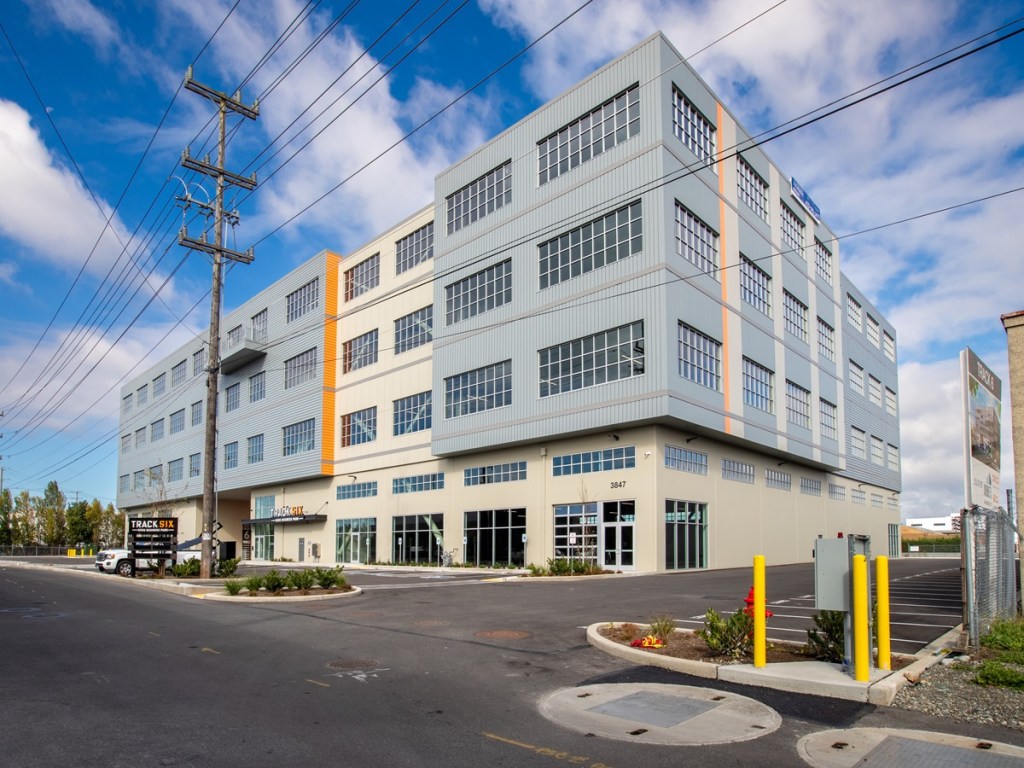
Using architecture to create a more responsive relationship between the development and the urban context in which it is situated, along with other innovative ways to integrate multistory projects into the surroundings is a key aspect of the design and development process, according to Bortz.
Another challenge in this niche is finding the right client/tenant. Virtually all existing multistory facilities were build-to-suit developments. There is currently little to no interest to build on a speculative basis, due to the high cost of construction. Building such a facility incurs roughly 40 percent higher costs than a typical industrial asset, Rodriguez pointed out.
READ ALSO: The Expansion of Flex Warehousing Solutions
Saul Ewing Partner & Vice Chair Damon Juha believes that given the increased construction costs necessary to acquire, design, entitle and develop a multistory industrial facility, there are only so many investors that can pull it off.
Multistory industrial also requires operational changes from those found within single-story buildings. Finding the right solution to issues like parking, moving goods among floors, employee communication and safety can be challenging. Vertical transportation is a key factor in this, as specifying the right technology—for example, freight elevator versus a pallet lift—in conjunction with how a client uses their specific volume is mission critical, Bortz warned.
What to expect
From Marulanda’s experience, clients are looking to maximize what they can build, while choosing an entitlement process that is not lengthy and will ultimately allow them to achieve what they are looking for. Preliminary site planning as part of the due diligence process is key when it comes to the success of multistory industrial facilities.
As design continues to evolve, it will eventually be more viable to build in land-constrained markets—such as South Florida and New York. Most areas are not currently experiencing significant demand for this product, but Rodriguez believes it’s only a matter of time before they will become more common in urban areas.
For now, it’s hard to imagine a developer choosing to go vertical, considering the high costs and that there are not a lot of tenants geared up to operate in multistory buildings, Juha believes.
Nevertheless, given that people will continue to expect immediate satisfaction of goods—particularly in concentrated pockets of population where land is becoming increasingly scarcer and more expensive—multistory industrial is a product ripe for growth.


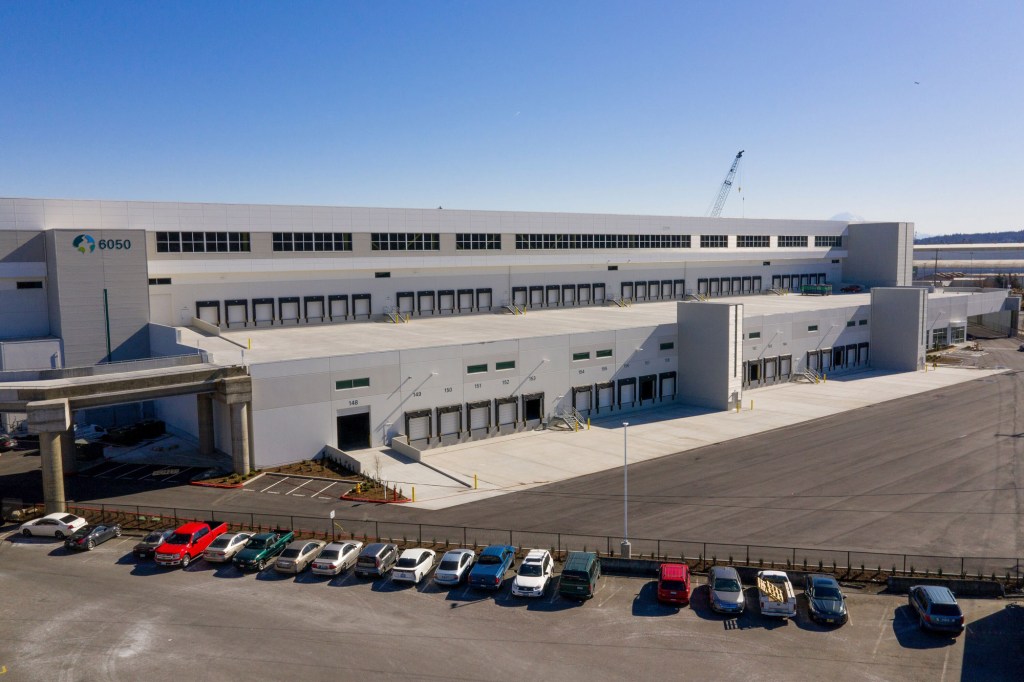
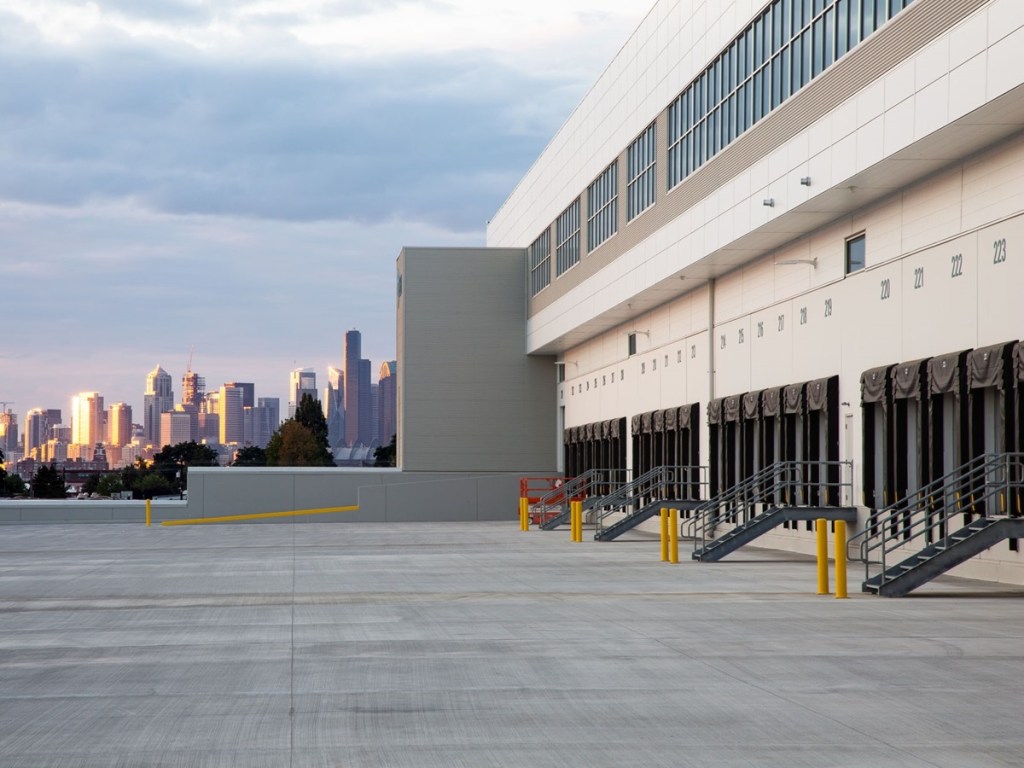
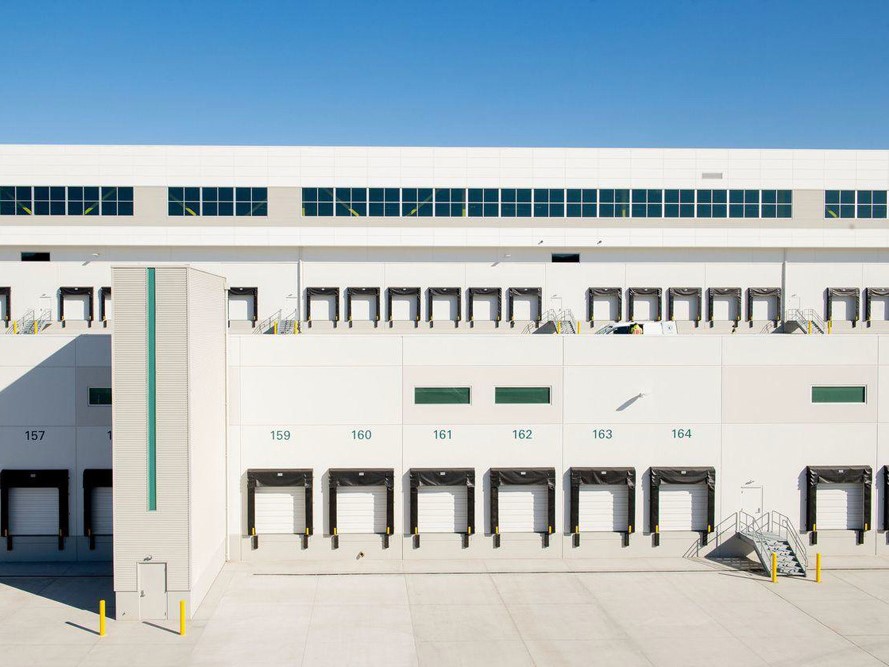
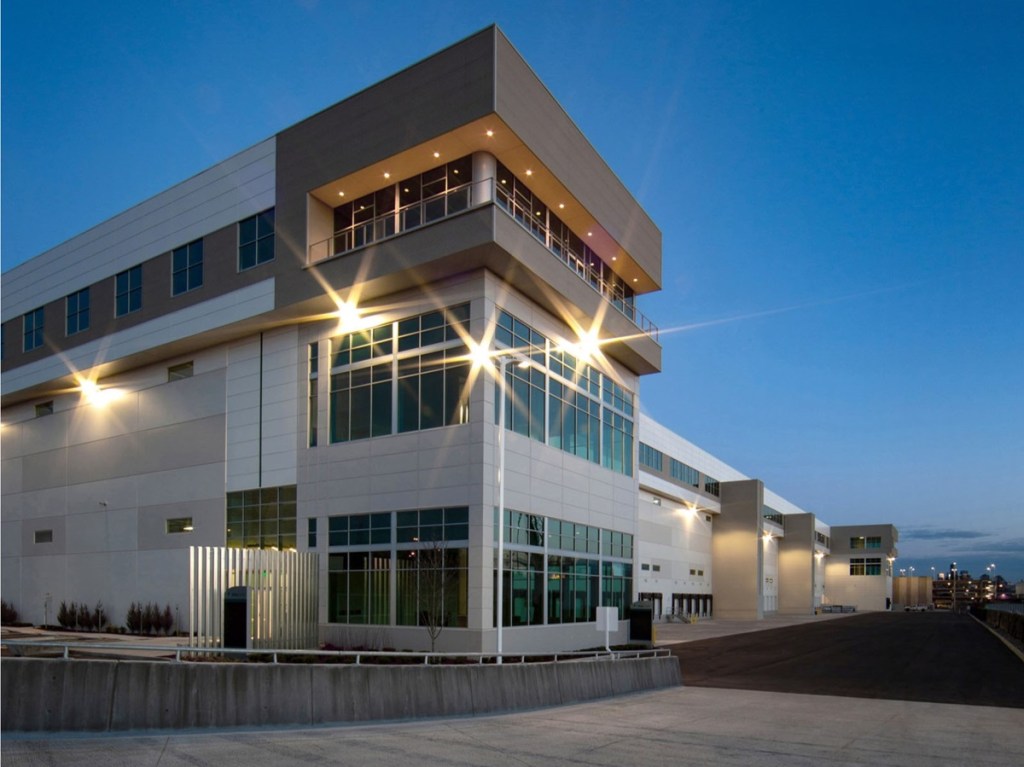
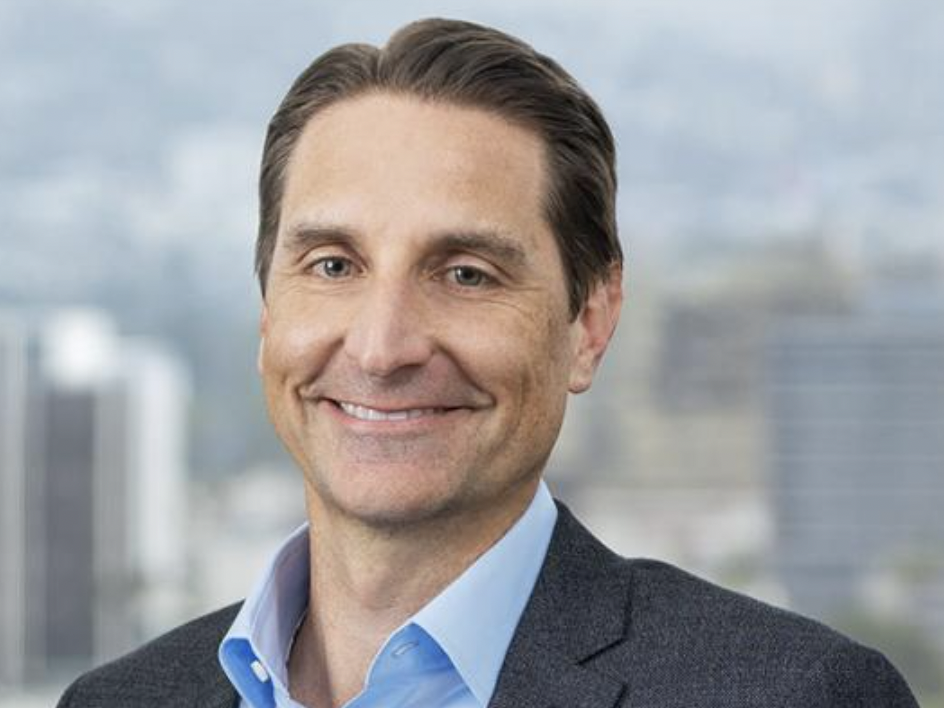
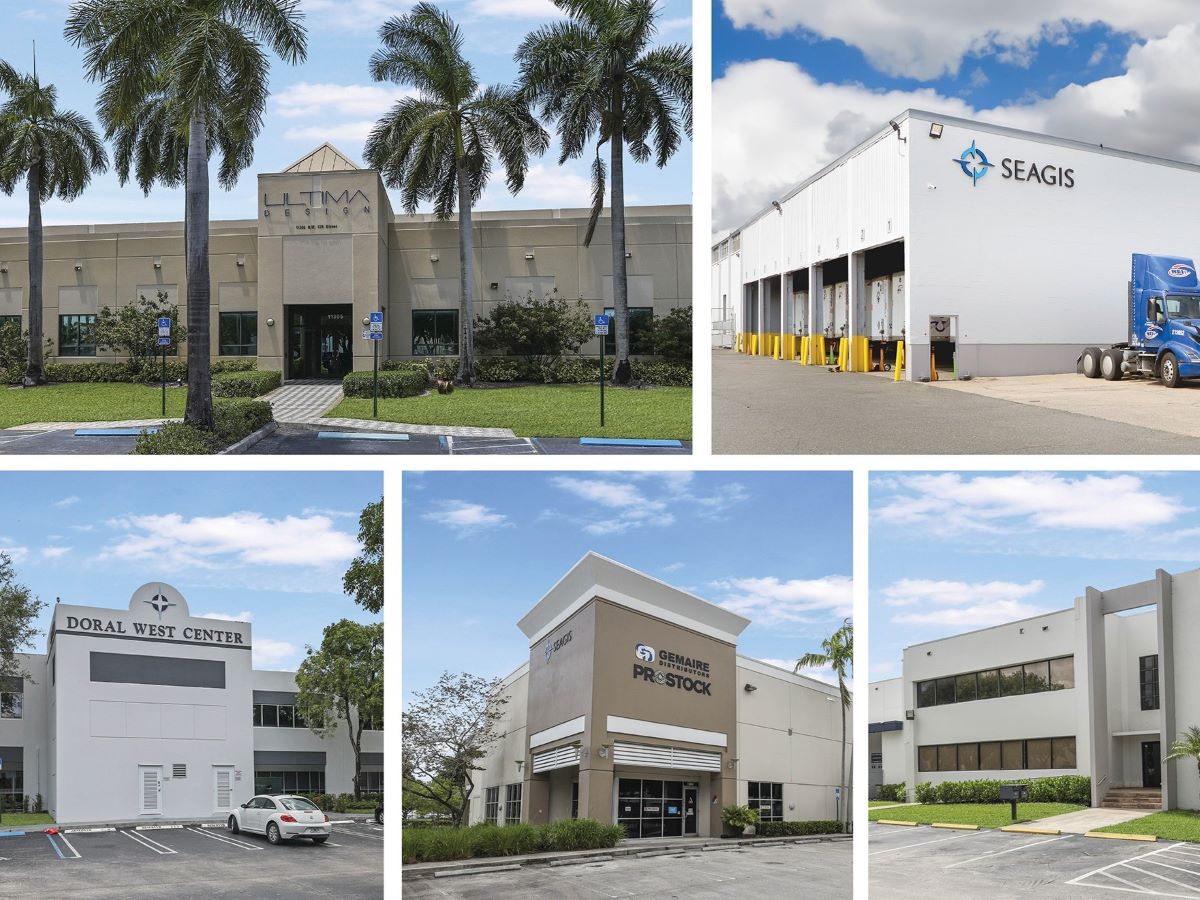


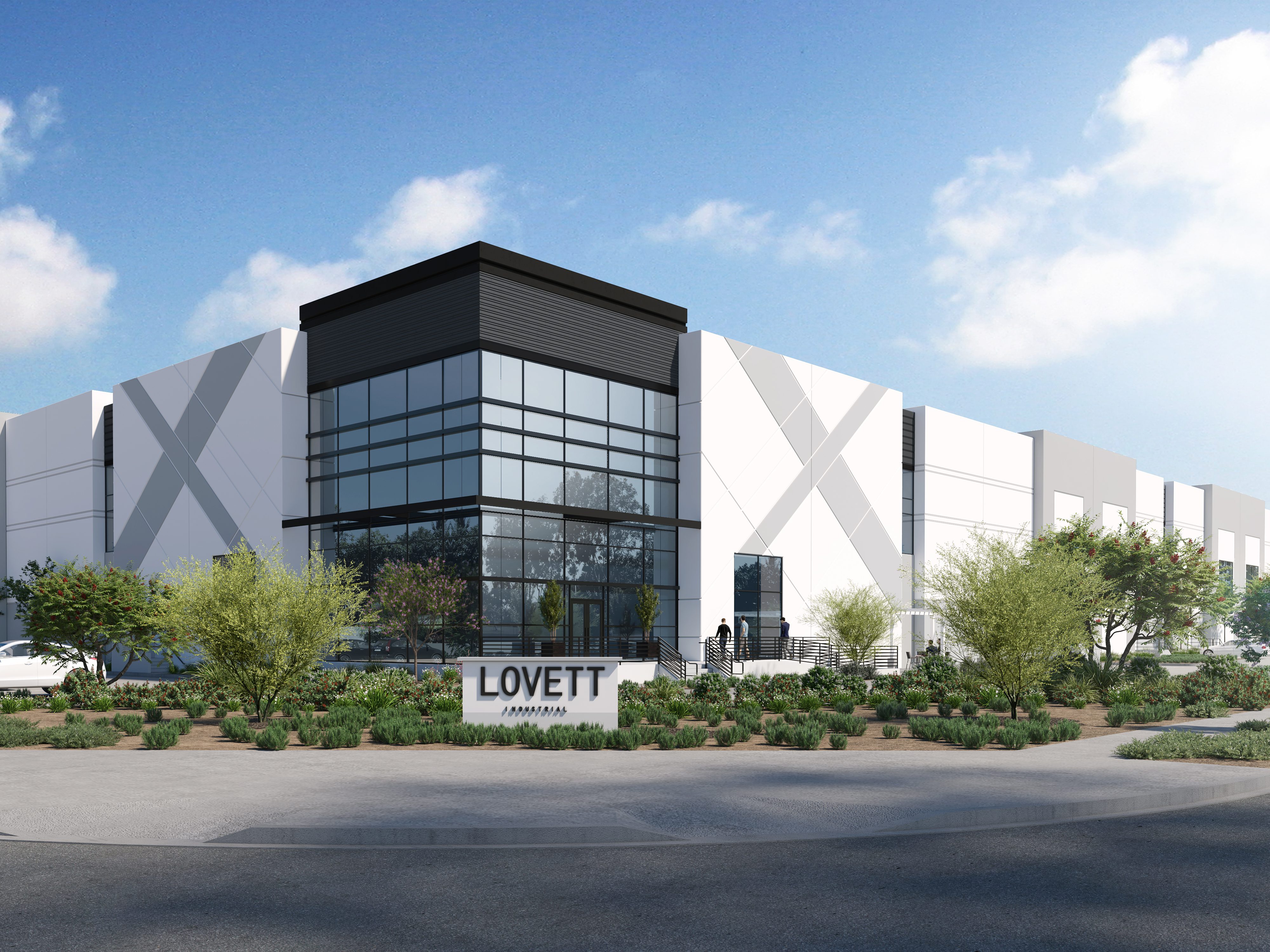

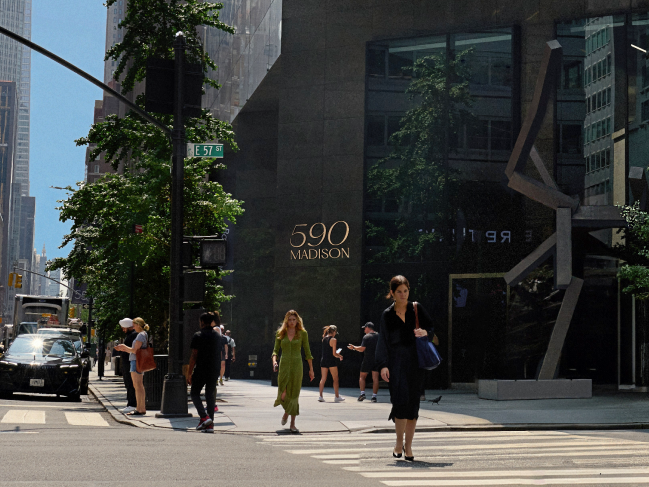
You must be logged in to post a comment.